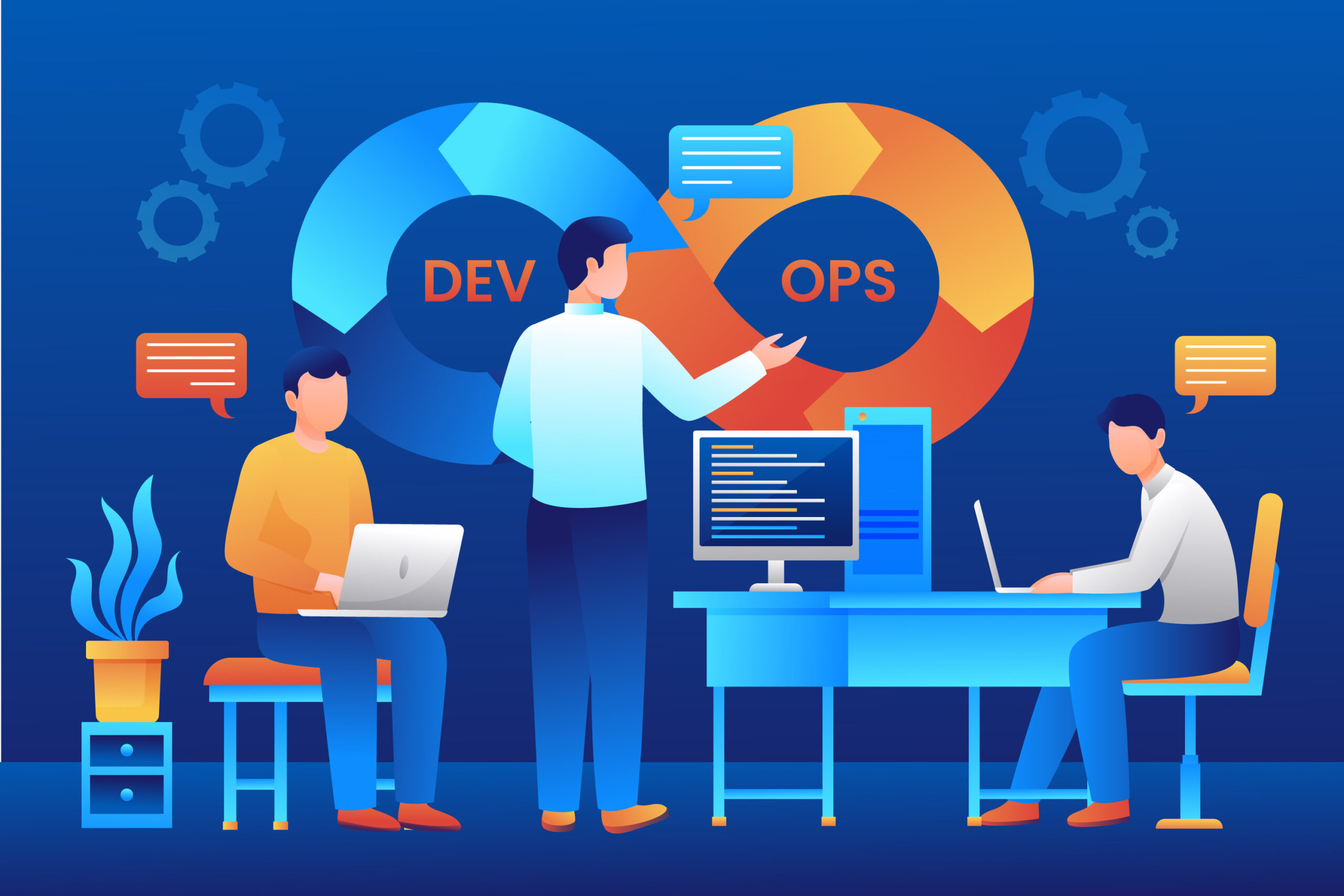Introduction
DevOps, a combination of Development and Operations, and has become a crucial aspect of software development in recent years. As we move into 2024, the DevOps landscape continues to evolve, shaped by technological advancements and shifting industry needs.
DevOps is a set of best practices that aim to automate the software development process and improve communication and collaboration between software developers and IT professionals. It speeds up the process and improves the quality of releases.
More and more companies are adopting DevOps because it allows them to get things done faster. DevOps is expected to grow substantially in the coming years, with an anticipated annual increase of 25% between 2024 and 2032.
By integrating AI and ML into the software development life cycle, companies are seeing spectacular results. It is improving predictive analytics, automated testing, and intelligent monitoring. This is affecting DevOps practices as well.
In this blog, we’ll explore the key DevOps trends that will continue to make a significant impact in the year 2024.
Trends to Watch
DevSecOps: This is the addition of security aspects into the development and operations, so that the final product that comes out is fully secure. It emphasizes collaboration between the respective teams to automate processes and speed up deployment, while integrating security at each step.
Serverless Computing: This model puts the onus of managing computing resources on the cloud provider, instead of the user. It reduces the workload of the customer or business resulting in cost savings, improved scalability, and faster development cycles.
Microservice Architecture: This is a type of architecture which involves creating small modules of loosely coupled services for enhanced clarity. It reduces complexity, increases scalability, and makes it easier to develop applications.
AIOps: AIOps is the introduction of AI into processes of the operations team. With Artificial Intelligence by their side, IT professionals can accomplish more, remedy issues faster and finish their processes more efficiently.
Low-Code Applications: Low-Code Applications use pre-built modules that can be arranged to develop applications, with minimal coding. This reduces the time and cost making it possible to quickly create, deploy, and update applications easily.
GitOps: Git is a DevOps tool used for source code management. It is used to track changes in the source code, enabling multiple developers to work together on non-linear development. GitOps-centric workflow helps automate deployment and manage applications and infrastructure.
Kubernetes: Kubernetes is used to automate containerized applications’ deployment, scaling, and management. It helps manage multi-cloud environments, automate the deployment, and streamline the processes.
Docker: Docker is an open source software platform used to create, deploy and manage virtualized application containers on a common operating system. It allows developers to create and to emplace applications in a consistent form at a fast pace.
Infrastructure as Code: Infrastructure as code (IaC) is the ability to provision and support your infrastructure using code instead of manual processes and settings. By using this DevOps practice, organizations are able to reduce the time required to provision and maintain infrastructure.
Cloud Platforms: Cloud Platforms play a significant role in DevOps. They provide the ability to deploy applications and services that can scale and be managed from anywhere. In this way teams can focus on developing and delivering their products and services rather than the infrastructure.
Site Reliability Engineering (SRE): This is the practice of using software tools to automate IT infrastructure tasks such as system management and application monitoring. It focuses on creating reliable, high-quality software services and systems.
Analytical DevOps: With Analytical DevOps, you collect real-time data and analyze it to provide insights into the development process. In this way you can measure, monitor, and optimize the software development processes.
Conclusion
The future of DevOps looks very bright. It has come a long way, and is constantly evolving to meet the changing needs of the software development industry. One needs to be prepared for what is coming next to give your business an upper hand.
Staying abreast of these trends allows organizations to optimize their development and operational practices. This will not only improve your organization’s approach but will also enable you to adapt rapidly and effect continuous digital transitions.
As we reach mid-way, 2024 will continue to open up new opportunities for DevOps and how it is being adopted by businesses. So watch out intently for trends highlighted in this article to take on a more visceral form as the year marches on !
